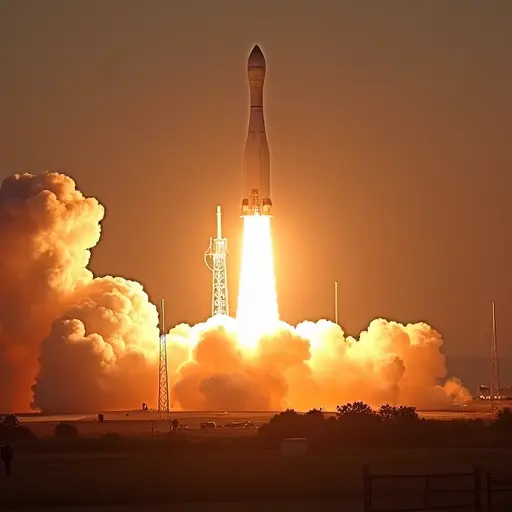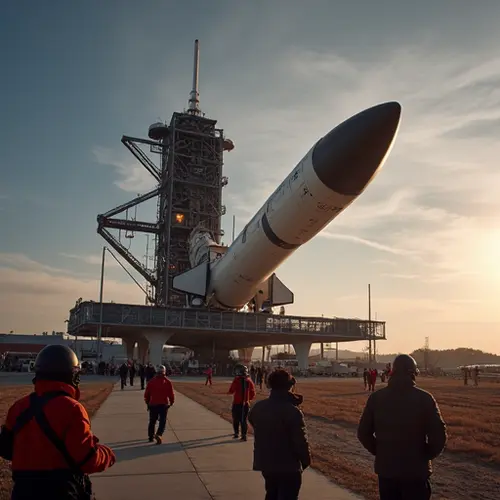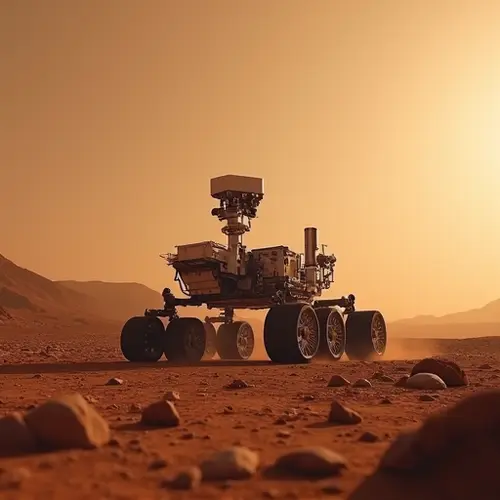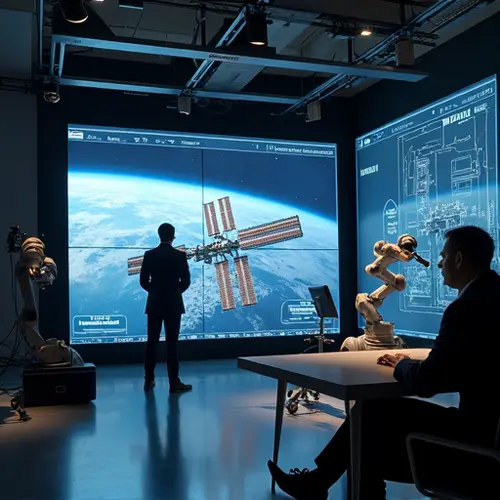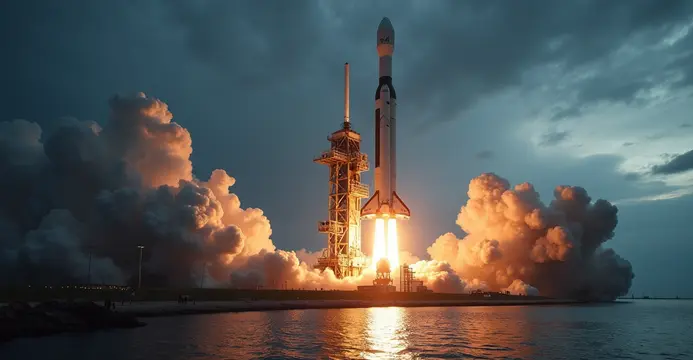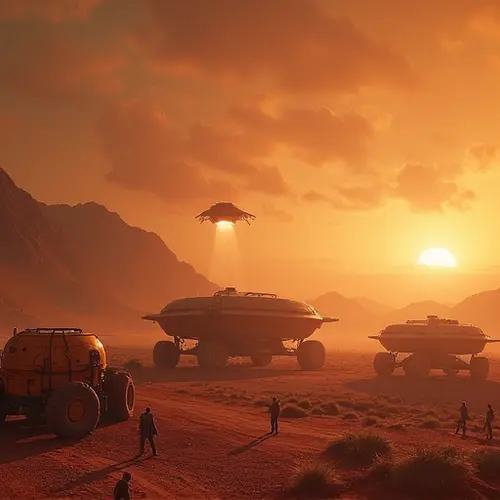
Why Mars as Our Second Home?
As Earth faces climate change and potential catastrophes, scientists worldwide are seriously evaluating Mars as humanity's backup planet. The concept involves creating self-sustaining colonies that could preserve human civilization if Earth becomes uninhabitable.
Current Challenges
Mars presents extreme hurdles: toxic soil, deadly radiation levels averaging 700 millisieverts/year, and temperatures dropping to -140°F (-96°C). The thin atmosphere (just 1% of Earth's pressure) makes outdoor survival impossible without advanced suits.
2025 Colonization Strategies
NASA's Artemis lunar missions serve as testing grounds for Mars tech, while SpaceX's Starship aims for cargo missions by 2029. Key focus areas include:
- Radiation shielding: Using Martian soil for habitat insulation
- Food production: Advanced aeroponics systems requiring 98% less water
- International collaboration: Shared research through the Outer Space Treaty framework
Resource Utilization Breakthroughs
Recent discoveries of subsurface water ice could provide drinking water, oxygen, and rocket fuel. MIT researchers have developed prototypes that extract oxygen from iron-rich soil.
The Road Ahead
While establishing permanent settlements remains decades away, 2025 marks accelerated testing of closed-loop life support systems. As Dr. Abigail Harrison of The Mars Generation notes: "We're not just planning trips - we're engineering humanity's future resilience."

 Nederlands
Nederlands English
English Français
Français Deutsch
Deutsch Español
Español Português
Português



